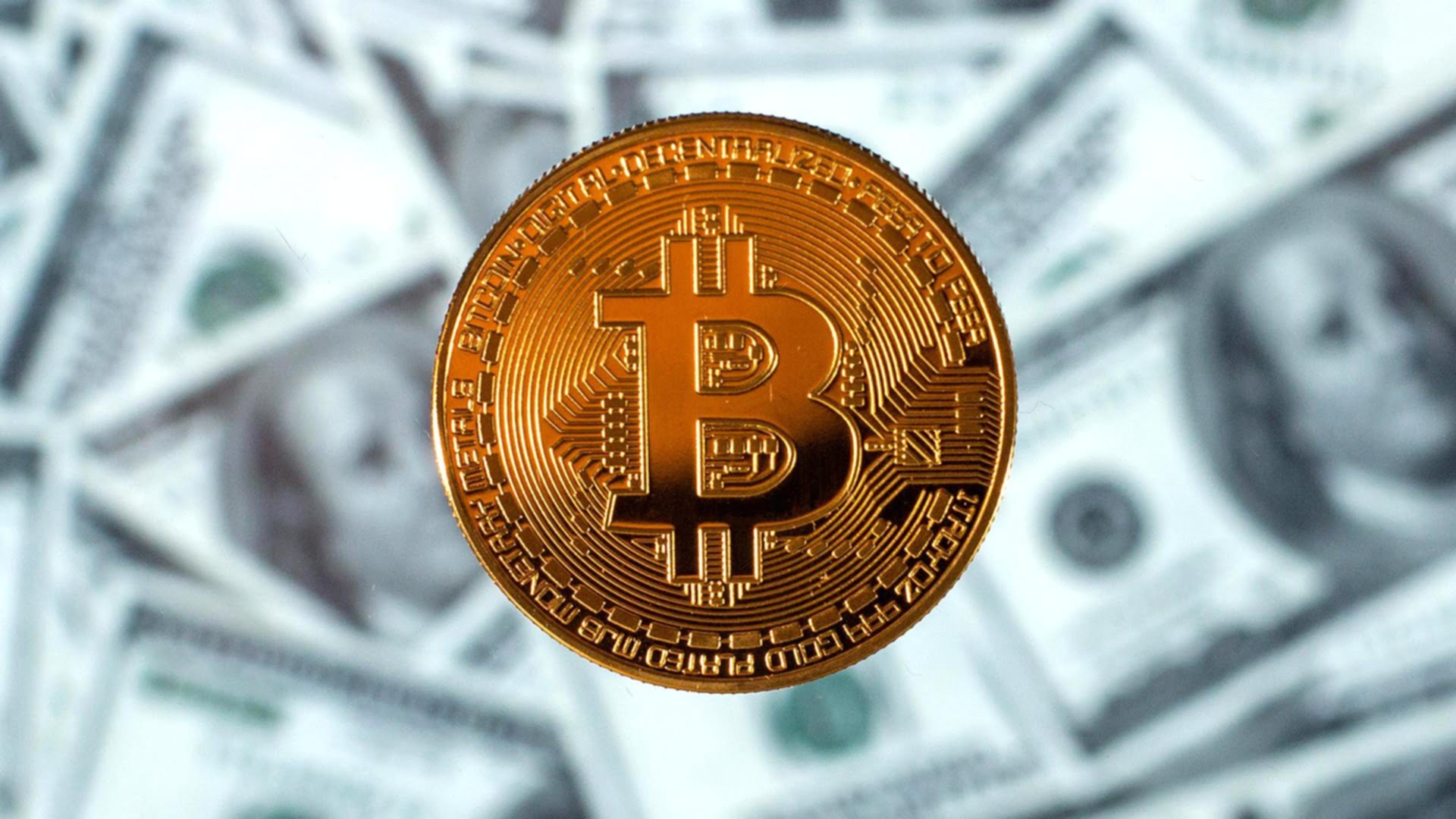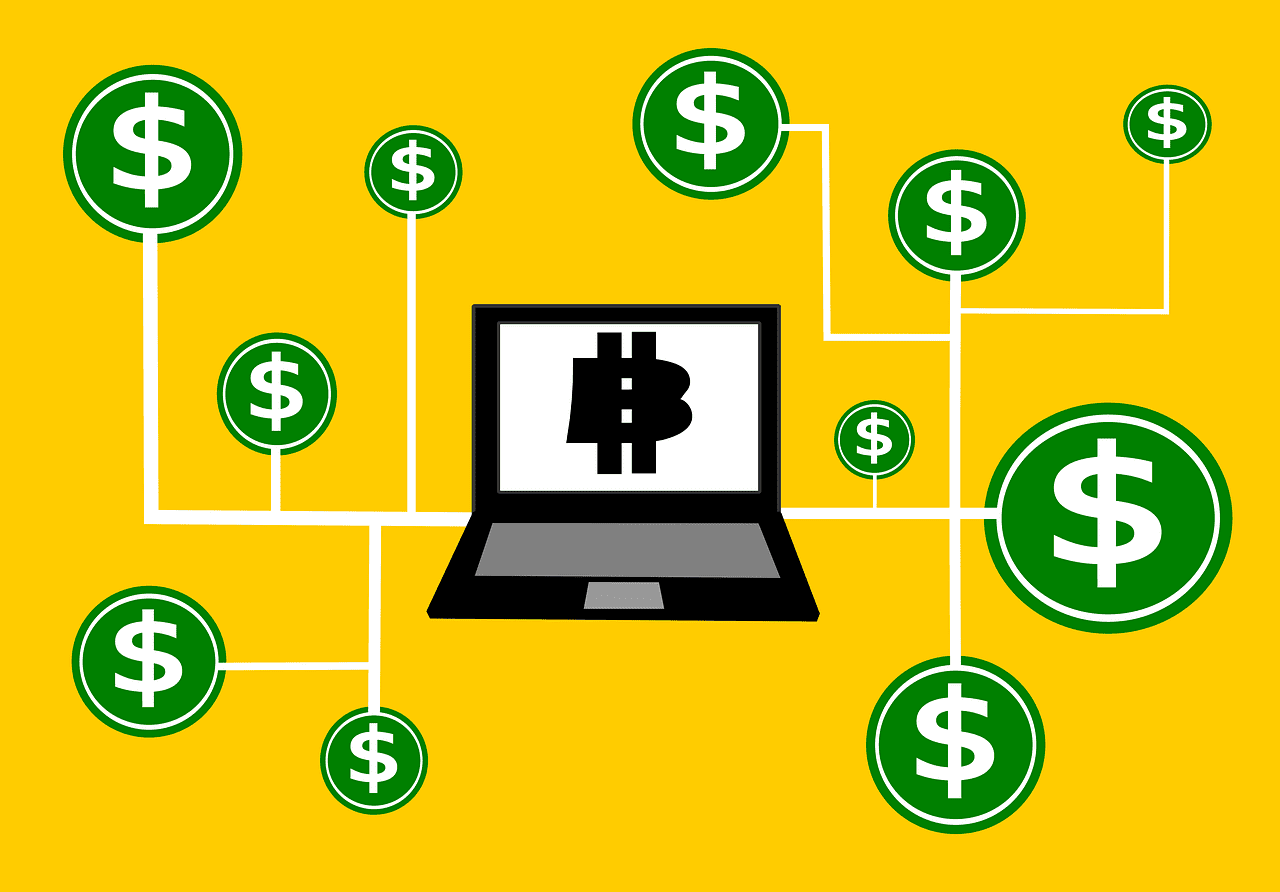Or sign in with
Content
Coin burning is just the process of locking them in an inaccessible wallet so that they are taken out of circulation on the blockchain. Overall, coin burning has a positive effect on the particular project’s blockchain and will continue to do so, except when it doesn’t price people out of the cryptocurrency. In the right hands of those teams and individuals that create cryptos, it can help immensely. For other cryptocurrencies, engaging in coin burning can sometimes be an effort to manage supply in a way that increases scarcity and tries to mimic Bitcoin’s supply and demand dynamics. While a coin burn can bump up the value of a certain cryptocurrency, there are no guarantees that this process will increase the price, or that the price won’t then decline. In fact there are several other reasons developers might choose to burn coins.
In contrast, others may only burn tokens in certain circumstances, such as when certain conditions are met, or a specific target is reached. As previously mentioned, Ethereum recently did a huge upgrade to its crypto and, to achieve this, carried out a massive transaction. The network covered the cost of this transaction or upgrade by burning some of its excess cryptocurrency. There’s another reason why this happens, besides increased value. The upgrade takes place as a transaction and needs to burn some coins to execute.

Miners that burn more coins than others have a higher virtual mining power, which allows them to mine new blocks with a high probability and add them to the network. This is the native cryptocurrency of XRP Ledger, an open-source, public blockchain. Has long been considered the lifeblood for tech startups, providing traditional banking services while funding projects and companies deemed too risky for traditional lenders.
PoB blockchain networks use coin burning to validate transactions. Instead of using physical mining rigs like those used by Bitcoin miners, miners in PoB blockchains use virtual ones. This process does not consume many resources—other than the energy used to mine the coins before burning them—and ensures that the network remains active and agile.

The act of permanently removing a given amount of tokens from circulation is referred to as burning crypto. In this, rather than return it to its original owners, it goes to those who lost it in unintentional transactions. Miners must burn tokens to gain access to mine cryptocurrency and write blocks at a far cheaper cost than simply mining. The proof-of-burn system also uses very little energy, as it is getting rid of cryptocurrency, rather than creating or mining it.
Let’s take a look at some of the most common reasons for token burns. Coin burning gained popularity in 2017 and 2018 when coins like Binance’s BNB token held burning events to lower supply in the hope that it would increase token prices. Burning tokens can also benefit those staking tokens to validate transactions in a proof-of-stake protocol. When a large chunk of tokens are removed from circulation, there’s a likely chance they’ll receive a higher U.S. dollar value from their staking rewards. Burning tokens can be similar to a company buying back its shares.
Here is your ten minute crash course on this key crypto concept – thanks School of Block. Token burning can be used by absolutely anyone who owns private keys for a given token. In theory, it could be used to simply get rid of unwanted tokens received in drops.
Anyone who owns a cryptocurrency can burn it, but it’s not exactly something you’d want to do for no reason since you’d essentially be throwing money away. Initially, the coin holder will call a burn function, claiming to burn a certain number of coins. Generally, cryptocurrency is a highly risky and speculative venture, and anyone who wants to invest in the digital currency trade needs to conduct thorough research before making any move. And in some cases, you also get the special right of mining blocks in weight of the coins that you have burnt. While some view burnings with a skeptical eye, there’s no arguing that this strategy has become more popular — particularly for new crypto that launch with a big supply. Now let’s take a look at an example of a coin burn, where we burn an NFT (ERC-721 token) on Etherscan.
People who hold crypto should also consider writing private key information into legal documents, such as a will. Without accurate private key information, the cryptocurrency in a wallet will remain out of circulation. Indeed, there have been many cases where people accidentally burned their bitcoins after losing the private keys to their crypto wallets. For example, the early Bitcoin miner James Howells threw away a hardware device containing 8,000 BTC in 2013. Investors should always consider why a crypto project wants to introduce token burning.
The benefits of integrating a coin burning mechanism is wide-ranging, from being a more environmentally-friendly consensus mechanism to enhancing long-term value for coin holders. It could also be used to sidestep securities law that govern dividend-paying securities. More than that, coin burns represents a viable tool in preserving wealth for all participants in the network.
Most recently, the Ethereum London Hardfork Upgrade burned one-third of its coins as a transaction fee, to carry out the first steps towards their full shift from proof-of-work to proof-of-stake. Coin burns can be necessary in the case of stablecoins, because burning a certain portion of the supply can help the stablecoin stay pegged to its fiat currency . While fiat currencies are inflationary in nature and central banks can print them in unlimited amounts, some cryptocurrencies are deflationary in nature and have fixed supply limits. The increase in token value, however, doesn’t necessarily happen overnight, and in some cases, it might not happen at all. Still, crypto burning is generally considered a favorable move for tokenholders.
As per Vishwanath, it is a good event for the investors as it reduces the total number of tokens available for circulation. I particularly find coin burn a good thing and like holding some tokens/coins that implement some type of burn because it almost guarantees decent returns. And there are many out there like Binance that frequently and purposely burn coins to reward their token holders. Another scenario when coins are burnt is after the ICOs or token sale if the all the coins/tokens designated for the sale are not sold. Proof-of-burn is a method for distributed consensus and an alternative to proof-of-work and proof-of-stake.
Buyback-and-burn: What does it mean in crypto? . When considering price volatility in digital marketplaces, buyback-and-burn strategies in crypto offer long-term price stability and token value growth.
— Nancy (@nanjian14) May 30, 2022
Binance, and other developers, can control the inflation rates of their tokens by burning them in mass periodically. ’, which is often referred to as a ‘black hole’ since the private keys to that address are not obtainable by anyone. Therefore, any coins sent to an eater address are unrecoverable and cannot be used again, forever!
However, this doesn’t mean that Bitcoin is a deflationary cryptocurrency. Interestingly, Bitcoin’s supply will continue increasing until it reaches the 21 million threshold. More bitcoins are mined into circulation each day, but this rate gets cut in half every four years with a halving event. Despite the sharp reduction in daily issuance, Bitcoin is technically inflationary until it hits its max supply in 2140. The centralized crypto exchange Binance is one of the most famous companies to employ a token-burning mechanism. Since Binance released its BNB token in 2017, it has pledged to buy and burn a portion of its tokens every quarter.
While SHIB has a loyal cadre of investors, some question the merits of the SHIB coin burning. • By contrast, Bitcoin Cash had a coin burn in 2018 that drove up the price temporarily. And Stellar held a one-time burn of 50% of its supply in November of 2019. This was with the express intent of limiting the number of coins and increasing demand.
This guide will delve extensively into the mechanics of coin burning to provide a new outlook on what the future holds for thecryptocurrency market. Most of the time, it’s the developers of a cryptocurrency who decide to burn a certain amount. Coin burning reduces the supply, making tokens of that cryptocurrency scarcer. That scarcity can lead to an increase in price and benefit investors. Usually, the newly created coins after coin burn have value only because of coin burn. Whenever the developers create cryptocurrency, interested parties invest in it.
If a cryptocurrency has a high inflation rate, burning tokens can curb the increase. Developers also burn tokens as a way to hide whales who hold large portions of a cryptocurrency. Let’s say a developer launches a cryptocurrency with 1 billion tokens, keeps 100 million, and immediately burns 600 million. It will look like the developer owns 10% of the supply because the original supply was 1 billion.
Proof-of-burn allows crypto miners to burn their tokens to have the chance of mining a block. The more tokens a miner burns, the higher chance they have of mining a block. PoB is somewhat similar to proof-of-stake , in that what does burn mean in crypto miners have to give away a portion of their holding. Burning crypto shouldn’t be taken literally—there’s no physical burning involved. However, it does involve those coins being removed from circulation permanently.
Removing an asset from circulation to adjust availability and value is not a new concept. For example, central banks adjust the amount of circulating currency to adjust that currency’s purchasing power. Suster https://xcritical.com/ funds the kinds of risk-taking and future-oriented ventures that rely on SVB for banking services. In January, SVB expected average deposits for the first quarter to be $171 billion to $175 billion.

 1801 South Ocean Drive, Suite C Hallandale Beach, FL 33009
1801 South Ocean Drive, Suite C Hallandale Beach, FL 33009
For more information call us:
(786) 797.0441 or or: 305 984 5805